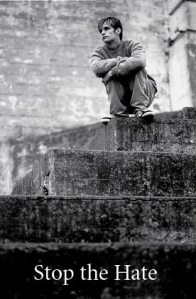On this date in Salem Village in the Massachusetts Bay Colony, Sarah Goode, Sarah Osborne, and Tituba, an Indian slave from Barbados, were charged with the illegal practice of witchcraft. Later that day, Tituba, possibly under coercion, confessed to the crime, encouraging the authorities to seek out more Salem witches.
In June 1692, the special Court of Oyer, “to hear,” and Terminer, “to decide,” convened in Salem under Chief Justice William Stoughton to judge the accused. The first to be tried was Bridget Bishop of Salem, who was found guilty and executed by hanging on June 10. Thirteen more women and four men from all stations of life followed her to the gallows, and one man, Giles Corey, was executed by crushing. Most of those tried were condemned on the basis of the witnesses’ behavior during the actual proceedings, characterized by fits and hallucinations that were argued to be caused by the defendants on trial.
In October 1692, Governor William Phipps of Massachusetts ordered the Court of Oyer and Terminer dissolved and replaced with the Superior Court of Judicature, which forbade the type of sensational testimony allowed in the earlier trials. Executions ceased, and the Superior Court eventually released all those awaiting trial and pardoned those sentenced to death. The Salem witch trials, which resulted in the executions of 19 innocent women and men, had effectively ended.

























You must be logged in to post a comment.